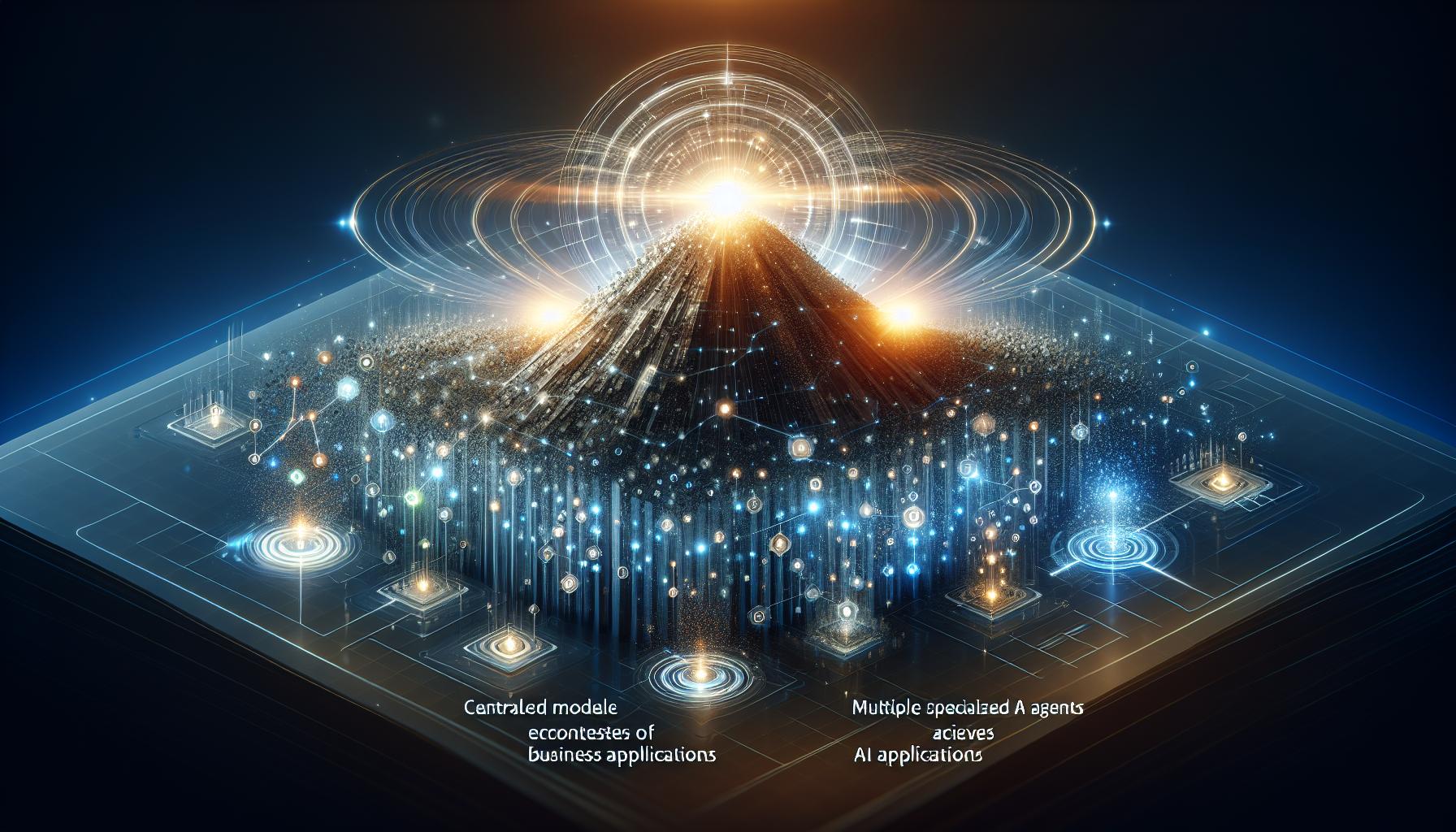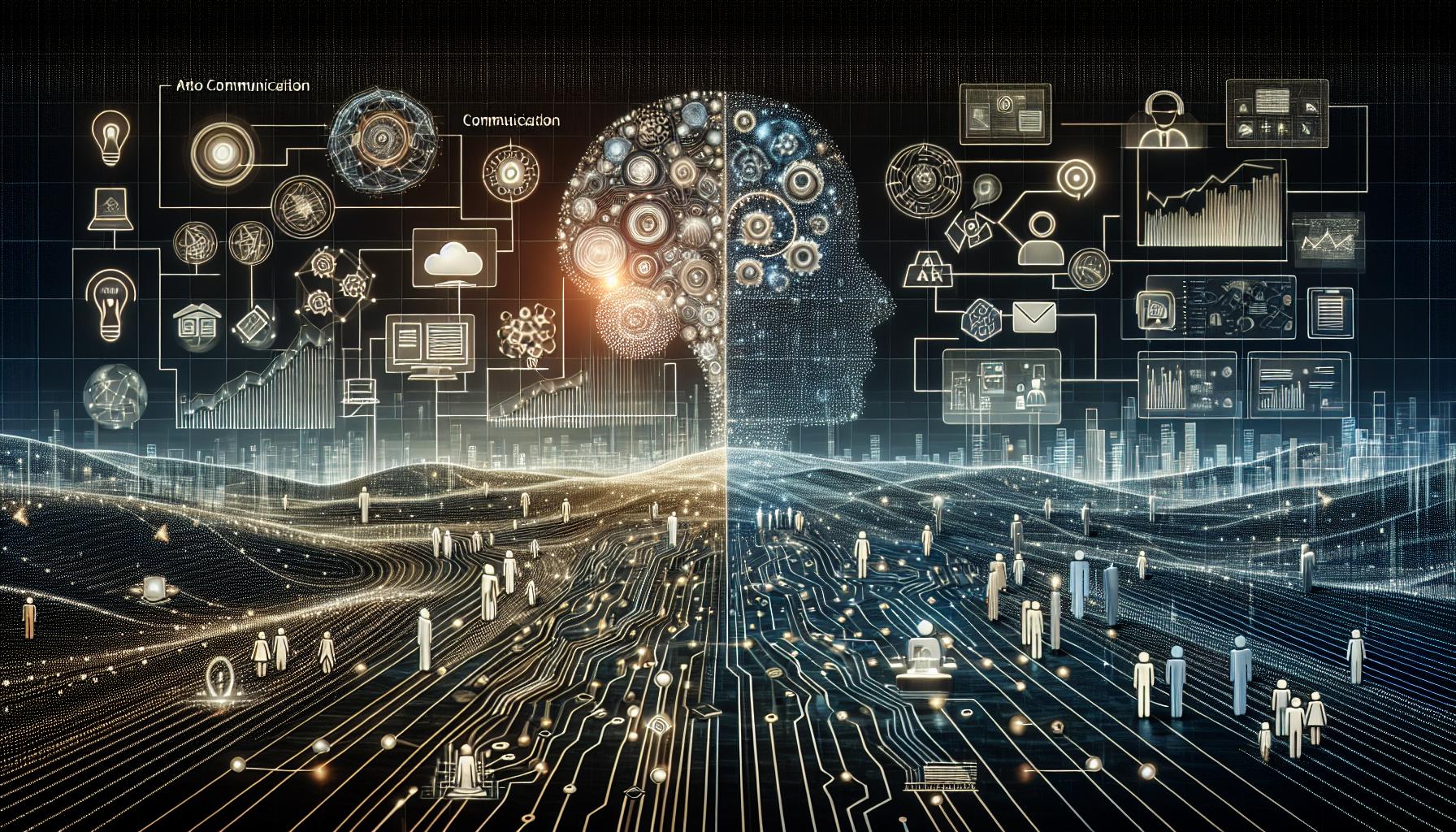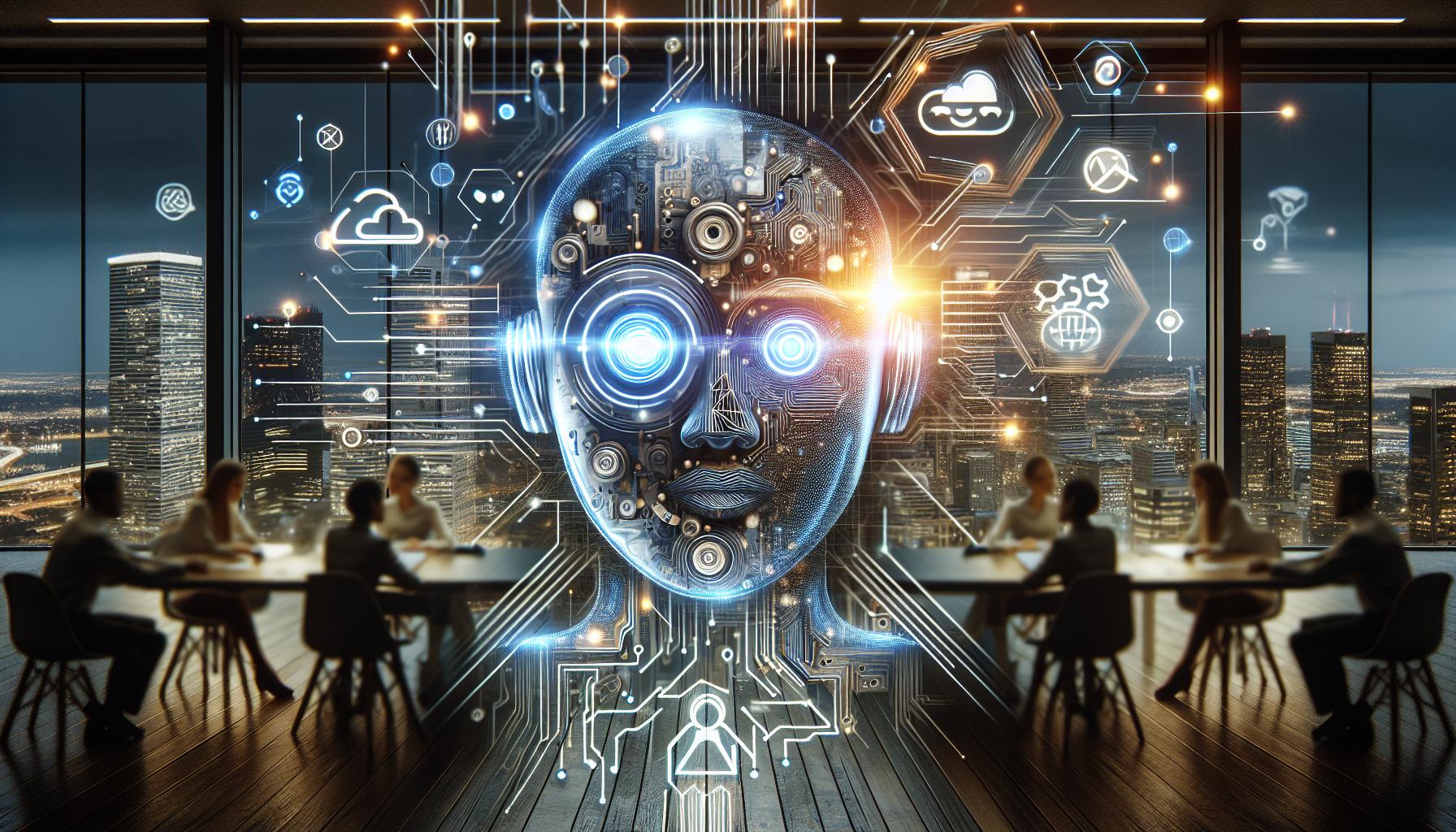Exploring the Future of AI: Centralized vs. Multiple Agent Ecosystems

Introduction
The landscape of Artificial Intelligence is swiftly evolving, presenting two prominent scenarios for its future application in both consumer and business environments: a single, centralized A.I. resource versus multiple specialized A.I. agents tailored to distinct demands and scenarios.
Centralized A.I. Resource: The Unified Approach
The centralized A.I. model envisages a consolidated framework whereby a singular, potent A.I. system orchestrates all tasks. This setup promises streamlined integration, ensuring consistent user experiences across various applications while simplifying overall management. However, challenges such as potential data overload and the risk of a single point of failure, which could lead to catastrophic breakdowns, are significant drawbacks. Furthermore, such a system may lack the nuanced specialization required for specific tasks, limiting its effectiveness in complex scenarios.
Multiple A.I. Agents: The Specialized Approach
Alternatively, deploying multiple A.I. agents allows for a diversified strategy where agents are designed with specificity in mind. This approach offers data isolation and heightened security, as diverse agents manage different segments of data. It also enables enhanced, targeted training for agents, optimizing performance and reducing errors or so-called hallucinations in A.I. responses. However, managing numerous, diverse systems introduces complexities in integration and consistent user interaction.
Consumer Use Cases for Multiple A.I. Agents
From a consumer's perspective, using multiple A.I. agents can ensure greater security and privacy, especially when handling sensitive personal information or managing communications externally. This segmented yet cohesive handling allows for a more secure transmission of information and more tailored user interactions.
Business Applications for Multiple A.I. Agents
For businesses, the use of multiple A.I. agents can lead to efficiency in specific operational areas such as customer support and sales, where tailored responses are crucial. Furthermore, data analysis and workflow management can be significantly optimized through specialized A.I. agents designed to handle specific kinds of data and tasks.
Advantages of a Multi-Agent System
One significant advantage is the flexibility to introduce new agents as needs arise without disrupting existing operations. Each agent can operate within its specialization, bringing about a more robust, responsive, and secure A.I. ecosystem.
Potential Drawbacks
The potential complications of a multi-agent system revolve around the integration and management of multiple A.I. entities. Ensuring that these agents effectively communicate and work in harmony, without compromising data integrity or user experience, is a challenge.
Conclusion: Future Directions for A.I. Development
As Artificial Intelligence technology continues to advance, the decision between a centralized A.I. system and multiple A.I. agents will largely depend on specific organizational needs, security concerns, and the complexity of tasks. This blog highlights the importance of assessing personal or business needs thoroughly to choose the most suitable A.I. solution among the evolving ecosystems.
Call to Action
Whether you are steering a business or seeking to enhance personal tech interactions, understanding the implications of each A.I. ecosystem model is crucial. Engaging with A.I. experts and exploring various A.I. platforms can provide valuable insights and assist in making well-informed decisions tailored to individual needs and contexts.




